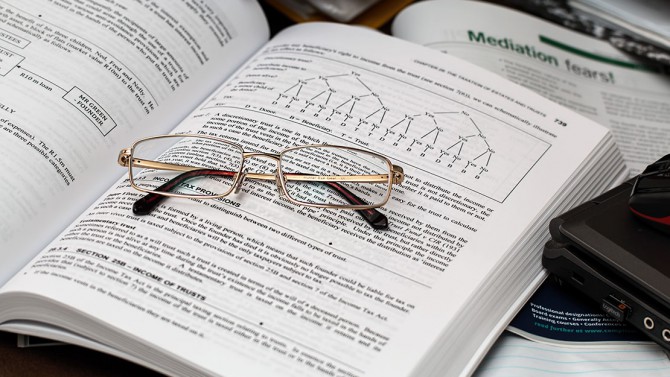
ผู้วิจัย
Karupakorn Laeid-on1* , Arunrassamee Sangsila2
บทคัดย่อ
Abstracts: The research aimed to investigate mushroom cultivation materials made from rice straw, maize, and giant mimosa to replace sawdust. It was discovered that the capacity of fibers to grow has been more valuable. The method that combines a 1:1:1 ratio of the sawdust, rice straw, and giant mimosa will produce the highest mycelium. The 100% maize seed material will have relatively low fiber mycelium. However, there was a statistically significant in mushroom growth at the 95% reliability level. It was found that the process consisting of 100% rice straw cultivation material had the highest number of blossoms on average 13.66 blossoms, while the method with the lowest average number of blossoms per bag was the sawdust combined with giant mimosa which had 7.33 blossoms on average. The blooms ranged in width from 6.83 - 7.53 cm, while the mushroom's peduncle length ranged from 5.83 - 6.84 cm. When the biological efficiency (B.E.) was calculated, it was found that the sawdust: rice straw: maize: giant mimosa ratio of 1:2:1:1 yielded the highest value of 68.48 %, followed by the Para rubber sawdust: rice straw: maize: giant mimosa. The ratio of 2:1:1:1 was 68.22%, and the seed material was 100% sawdust. The biological efficiency of the ecosystem was 66.39%. Keywords: Giant mimosa, Maize, Sawdust, Rice straw, Substrate cultivation mushroom.








ความคิดเห็น